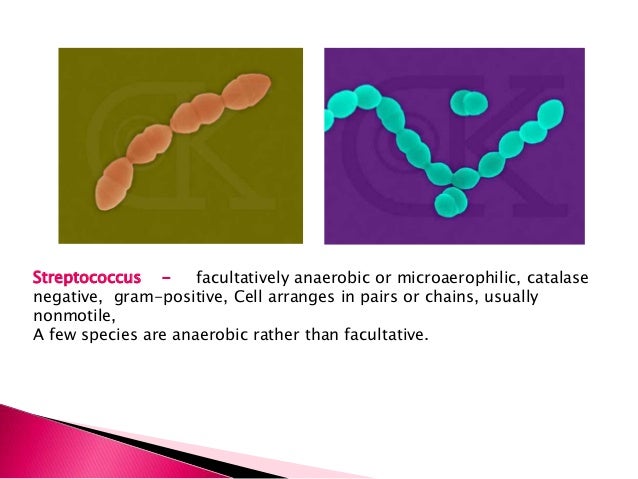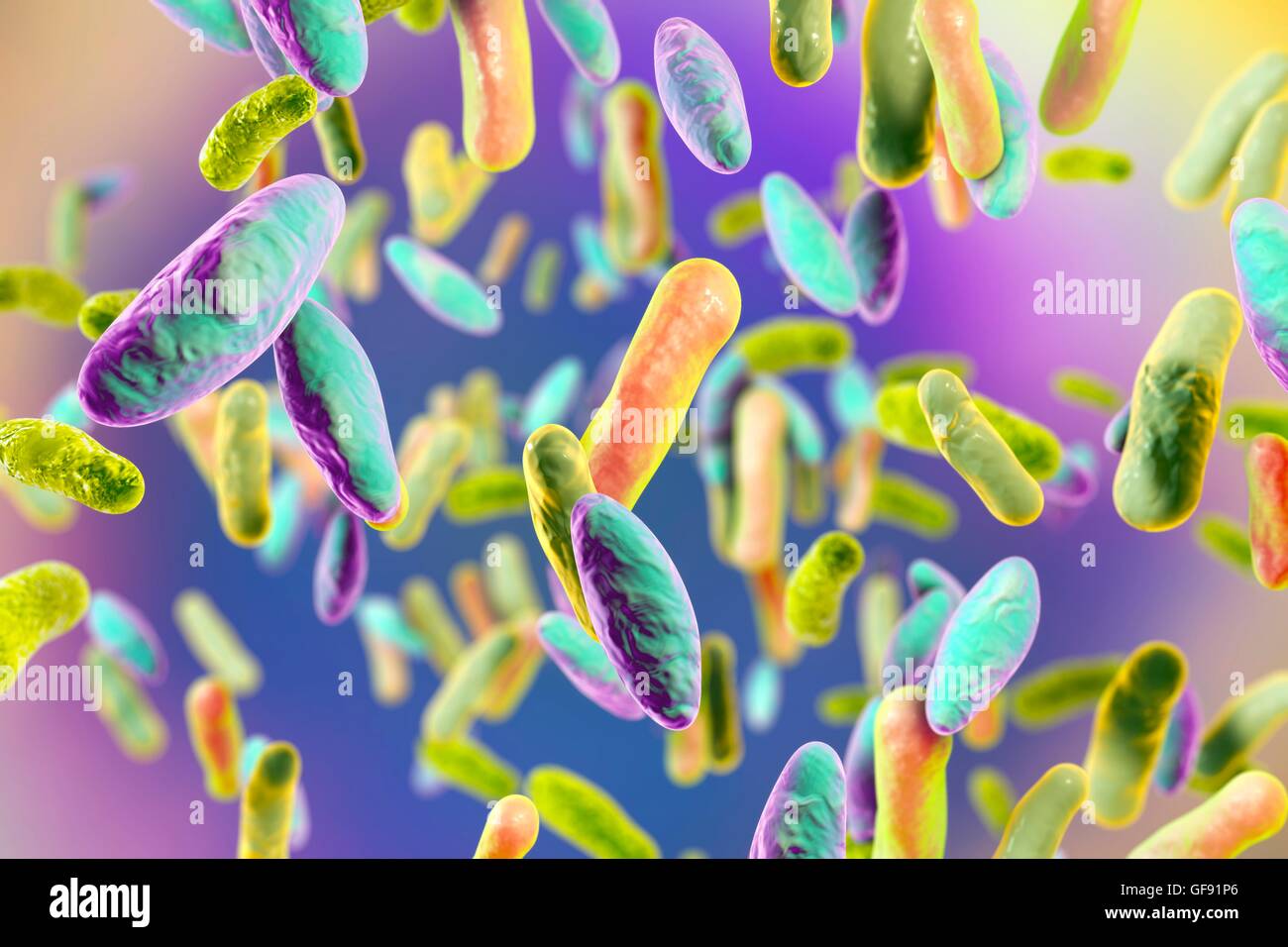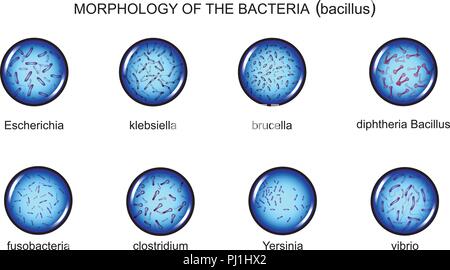


The many species of the genus exhibit a wide range of physiologic abilities that allow them to live in every natural environment. īacillus species are rod-shaped, endospore-forming aerobic or facultatively anaerobic, Gram-positive bacteria in some species cultures may turn Gram-negative with age. The role of the cytoskeleton in shape generation and maintenance is important. subtilis is the first bacterium for which the role of an actin-like cytoskeleton in cell shape determination and peptidoglycan synthesis was identified and for which the entire set of peptidoglycan-synthesizing enzymes was localized. The cell wall is made of teichoic and teichuronic acids.

The cell wall of Bacillus is a structure on the outside of the cell that forms the second barrier between the bacterium and the environment, and at the same time maintains the rod shape and withstands the pressure generated by the cell's turgor. Structure Cell wall Bacillus subtilis ( Gram stain) These Bacillus subtilis strains can develop disease resistance in Labeo rohita. Marine sponge associated Bacillus subtilis (strains WS1A and YBS29) can synthesize several antimicrobial peptides. Bacillus species are also found in marine sponges. Some Bacillus species can synthesize and secrete lipopeptides, in particular surfactins and mycosubtilins. subtilis is a valuable model for bacterial research. Many species of Bacillus can produce copious amounts of enzymes, which are used in various industries, such as in the production of alpha amylase used in starch hydrolysis and the protease subtilisin used in detergents. Two parasitic pathogenic species are medically significant: B. Ubiquitous in nature, Bacillus includes symbiotic (sometimes referred to as endophytes) as well as independent species. Bacillus species are well known in the food industries as troublesome spoilage organisms. This resistance allows them to survive for many years and especially in a controlled environment. Not only are they resistant to heat, radiation, etc., but they are also resistant to chemicals such as antibiotics. Because the spores of many Bacillus species are resistant to heat, radiation, disinfectants, and desiccation, they are difficult to eliminate from medical and pharmaceutical materials and are a frequent cause of contamination. Species are identified by using morphologic and biochemical criteria. The genera Bacillus and Clostridium constitute the family Bacillaceae. anthracis produces a polypeptide (polyglutamic acid) capsule that kills it from phagocytosis. Bacillus anthracis needs oxygen to sporulate this constraint has important consequences for epidemiology and control. The spores are resistant to heat, cold, radiation, desiccation, and disinfectants. Endospore formation originally defined the genus, but not all such species are closely related, and many species have been moved to other genera of the Bacillota. They are not true spores (i.e., not an offspring). Endospore formation is usually triggered by a lack of nutrients: the bacterium divides within its cell wall, and one side then engulfs the other. The endospore of one species from Morocco is reported to have survived being heated to 420 ☌.

īacillus can reduce themselves to oval endospores and can remain in this dormant state for years. Cultured Bacillus species test positive for the enzyme catalase if oxygen has been used or is present. Bacillus species can be either obligate aerobes which are dependent on oxygen, or facultative anaerobes which can survive in the absence of oxygen. The term is also used to describe the shape (rod) of other so-shaped bacteria and the plural Bacilli is the name of the class of bacteria to which this genus belongs. For the stick-insect genus, see Bacillus (insect).īacillus (Latin "stick") is a genus of Gram-positive, rod-shaped bacteria, a member of the phylum Bacillota, with 266 named species. For a hypernymic category, see bacillus (shape).


 0 kommentar(er)
0 kommentar(er)
